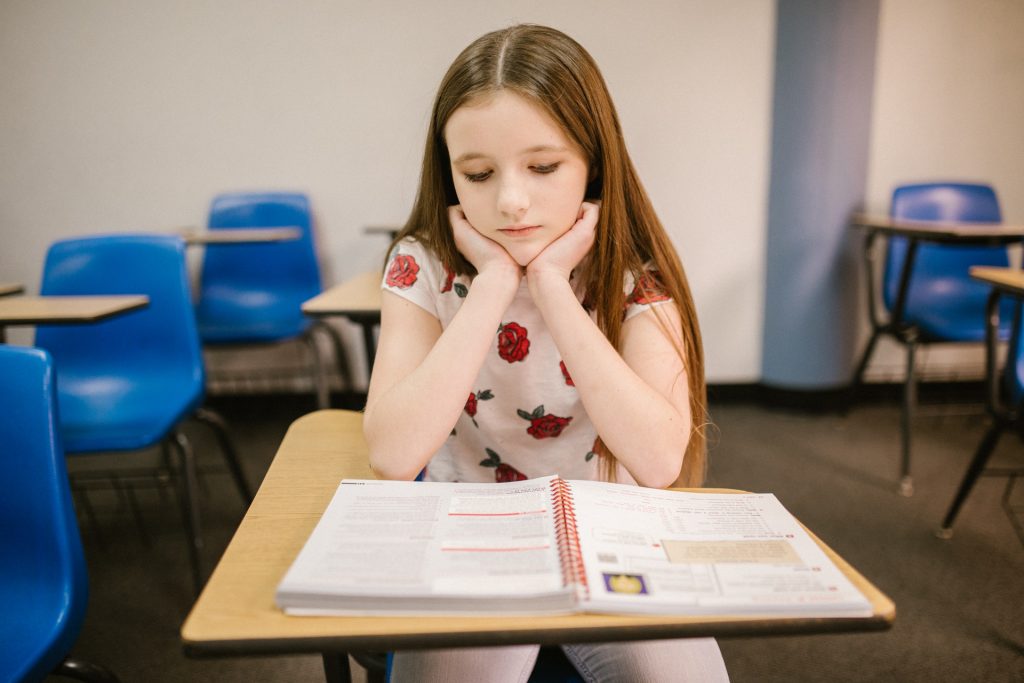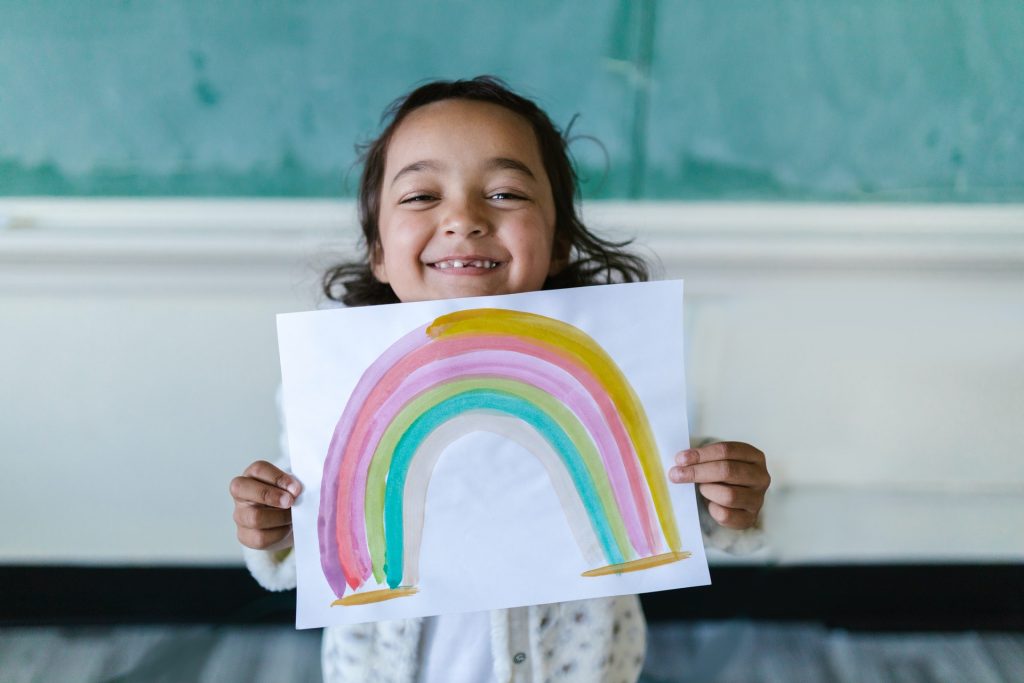Emotions can have a particularly strong influence on the atmosphere in a classroom. This usually concerns the pupils’ emotions, but at times, you, as a teacher, may also find it difficult to cope with your feelings. We have collected some tips for recognizing excitement, irritation, happiness, anger, fear, or sadness in your class and how to turn it all into positive behaviour. Some of the BigBlueButton features are perfect for assisting you with this task.
Whether emotions are positive or negative, they are always necessary and useful. Especially negative feelings have a strong signalling capability, demonstrating that something is wrong. If you see that someone is struggling with negative feelings, or discern inner conflict within yourself, do not avoid or ignore this but consider it a source of information. In fact, emotion can be the first step towards a solution. If you feel confident that you can examine the problem in depth, do so. Otherwise, consider reaching out to a trusted professional who can help you.
Make it a priority to set your status (emoji) at the start of your course and for each session (class). Secondly, teach the students in your online classroom how to do so as well. Repeat the process as many times as is necessary until it becomes automatic for everyone, and encourage this behaviour throughout the online class. BigBlueButton provides a wide choice of statuses (happy, undecided, confused, and sad). These tiny symbols in the User icon immediately give you a first impression of what your students are feeling, individually or collectively. With emojis, you can start your class with “How is everyone feeling?” and can see all the emojis change in real-time.
Another way to gather feedback is to use polling. In the latest version of BigBlueButton, you can use the new User Response option to let students write in their feelings. Only you will see their responses (simply don’t publish the poll results). A bit of prompting and engagement lets students know you care and are aware of their emotions.
Also, take time to listen to the pupils’ stories, chat and understand any questions they might have. This time to connect is even more important if it seems that something is bothering them because, if this is the case, they are not ready to absorb any new learning material.
Students who get the message that emotions are never wrong and that they are allowed to express themselves grow up to be more assertive adults with a good self-image and more self-confidence. Talking about feelings together has a bonding effect. Emotion and emotions can be the subject of several lessons in your course schedule.
It is not easy to recognize emotions, and if you are teaching remotely, you may feel handicapped by not having much more than a camera and a microphone at your disposal. If a student is keeping their webcam off, it may be harder to tell if they are struggling emotionally or academically.
Using the chat function can allow students to demonstrate that they’re paying attention while keeping their webcam off if they’re having a rough day. One-on-one private chats can allow you to check in with your students and ensure their mental well-being in a private, discrete setting.
In February 2021, CNN reported remarkable news. The Hong Kong-based startup Find Solution AI designed a learning platform which they named “4 Little Trees“. It uses artificial intelligence to analyze students’ emotions while they study online. The system can “read” joy, sadness, anger, surprise, and fear. Whatever information it registers, it relays to the teacher.
Will such a system replace the intuitive sense that teachers have for the emotional wellbeing of their students? We don’t think that AI is able to judge a student’s emotional level. True judgement comes from a teacher interacting with their students. Through emojis, chat, polling, multi-user whiteboard, webcams, and speech, you can get a holistic view of the emotional level of your class and students.
Using the chat function can allow students to demonstrate that they’re paying attention while keeping their webcam off if they’re having a rough day. One-on-one private chats can allow you to check in with your students and ensure their mental well-being in a private, discrete setting.
Start your lesson with a smile and finish it with one. This intent increases the chance that everything between these two moments also happens in a positive atmosphere. Thanks to the user-friendliness of BigBlueButton, we are confident that this smile will come easily anyway.







